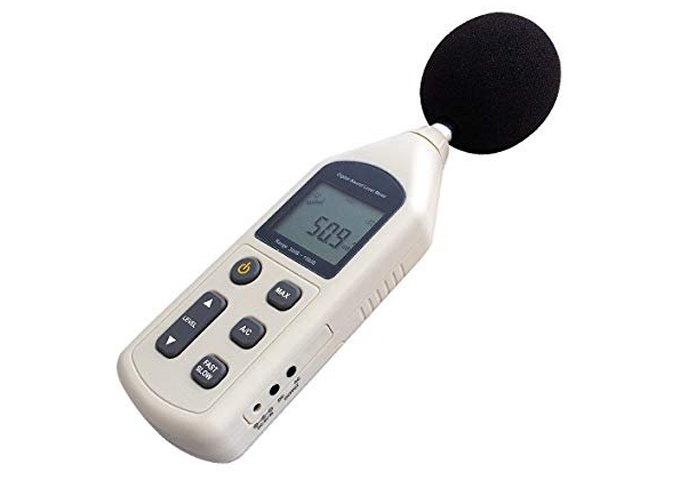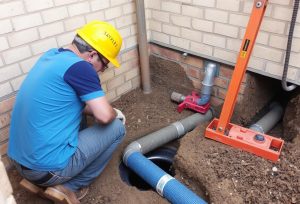
In these current times, you can find an app for just about anything. There are apps for ordering food and even apps to help with medical diagnoses! Due to this, you don’t even need to leave the comfort of your home or workplace in order to get the things you need. However, when determining noise levels, you may be wondering, do the free sound level meter apps actually work well, and are they capable of replacing the actual sound level meters made by professionals? We will now cover some of the disadvantages of using sound level apps as opposed to the actual equipment and why you should purchase the best sound level meters on the market.
Using Smartphone Applications To Measure Sound
Smartphone usage and ownership are at an all-time high with over 70% of the US population using one. Therefore, the majority of people who want to measure noise would most likely start by using an app. There are lots of reasons why this may be an interest such as living near a construction site, having to work in a particularly noisy area, etc. There are also lots of good apps that can measure sound that you can get on Android and Apple. The apps are as follows:
Decibel X
This app is certainly among the best sound apps that can measure noise. It can measure in both dBC and dBA and it comes already calibrated. You can download it on both Apple and Android devices. It is highly portable and you can save sounds to analyze in the future and even share on various social media sites.
Noise Detector and Sound Meter
This is a great app that you can use to record as well as graph sound. You can have it running in the background of your Android device which helps save your battery. The downside of using this app is that it has a lot of ads which are annoying to deal with. Auricl in London can help you with noise surveys, noise assessments, and acoustic reports.
Sound Meter Pro
Even though this isn’t a free application, it is worth it since you won’t have to deal with ads. It is also an app that is always being updated and improved. The developers have a blog which is great since you can learn about improvements there.
Now, even though it is excellent at determining noise levels, it is not at the accuracy level needed by international governing bodies. The reasons for this include:
- Smartphones use their internal microphone for input. A lot of these microphones are limited and can only detect sounds that are between 30 and 96 dB. This is mainly due to the fact that the human voice is between 40 to 60 dB.
- Smartphone microphones are also created in such a way as to reduce or limit additional noises. This is basically noise-canceling technology so that you can easily make calls without the background noise being too distracting for yourself and the person on the other end of the call. This means that it isn’t good at detecting noise.
- Even though the sound apps are pre-calibrated, you will have to get an external microphone and then calibrate with an actual sound meter. This is necessary if you want to get correct results.
- The majority of people hold their phones so that the microphone is in their direction as opposed to the direction where the sound is actually coming from. Alternatively, they may place it on a surface. This negatively impacts the sound input.
- International standards require sound meters to fulfill IEC class 1 or IEC class 2 standards. Smartphones are incapable of this.
- Since there are so many types of smartphones as well as sound apps, this would cause a great deal of variation in sound reading capabilities as well as a higher margin of error.
Even though sound meter apps are good for providing some feedback on noise levels, they are not reliable to test the exact noise levels. They also can’t be used for noise complaints since they don’t have any legal standing. With that said, they can still be used to let you know if you need ear protection and the length of sound exposure. You can also use it if you don’t have access to a professional sound level meter.





